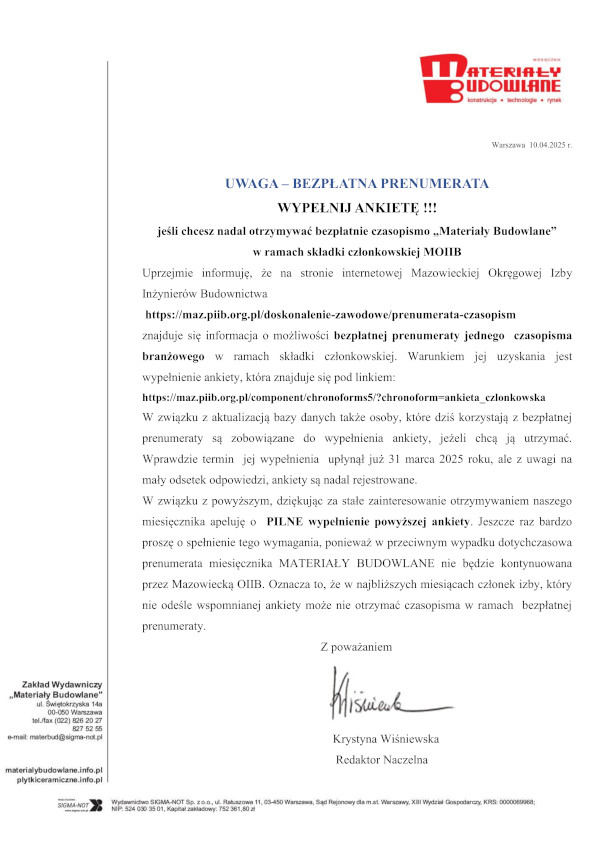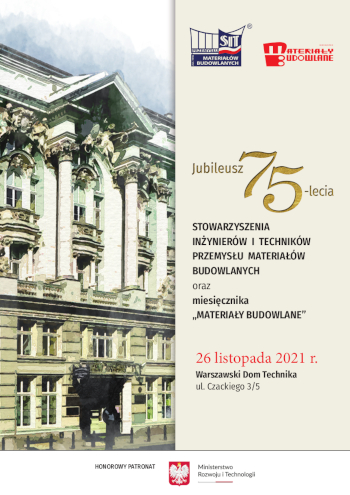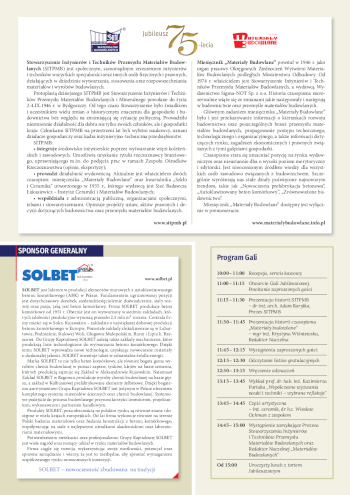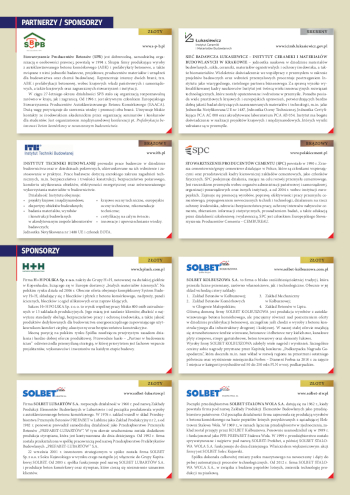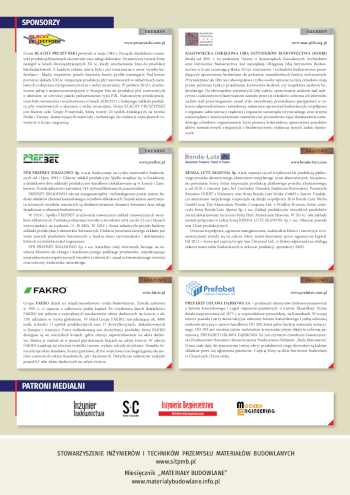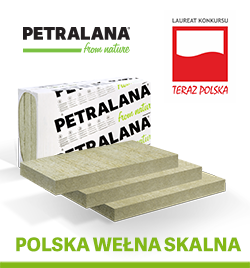dr inż. Jacek Szafran Politechnika Łódzka, Wydział Budownictwa, Architektury i Inżynierii Środowiska
prof. dr hab. inż. Kazimierz Rykaluk Uniwersytet Przyrodniczy we Wrocławiu, Wydział Inżynierii Kształtowania Środowiska i Geodezji
Autor do korespondencji : Ten adres pocztowy jest chroniony przed spamowaniem. Aby go zobaczyć, konieczne jest włączenie w przeglądarce obsługi JavaScript.
DOI: 10.15199/33.2018.04.38
W artykule porównano eksperymentalne wyniki sił niszczących oraz mechanizmy zniszczenia dwóch wież tej samej wysokości 42 m (badania obiektów w skali naturalnej), ale o dwóch różnych typach skratowania ścian (typ pojedynczy i typ X). Na podstawie uzyskanych wyników sił niszczących i obserwacji mechanizmów zniszczenia stwierdzono, że mniejsze zużycie stali w wieży z pojedynczym skratowaniem powoduje znaczny spadek nośności w porównaniu z wieżą mającą skratowanie typu X.
Słowa kluczowe: wieża kratowa; nośność;mechanizm zniszczenia.
* * *
Influence of the lattice towers bracing systems on the overall carrying capacity and mechanism of failure
The main issue presented in the article is a comparison of the experimental failure loads for two steel lattice towers (two different bracing systems – K and X) with the height equal to 42 m. Paper presents experimental data obtained in full-scale pushover tests, where the mechanism of failure plays extremely important role. Experimental results allow to draw the conclusion that lower material consumption for the tower with K bracing systemcauses significantdecrease of the overall carrying capacity comparing to the tower with the X bracing system.
Keywords: lattice tower; carrying capacity; failure mechanism.
Literatura :
[1] Albermani Faris, Sritawat Kitipornchai, Ricky W. K.Chan. 2009. „Failure analysis of transmission towers”. EngineeringFailureAnalysis16:1922–1928.
[2] LeePhill-Seung,GhyslaineMcClure.2007. „Elastoplasticlargedeformation analysis of a lattice steel tower structure and comparison with full-scale tests”. Journal of Constructional Steel Research 63: 709 – 717.
[3] Rykaluk Kazimierz. 2004. Konstrukcje stalowe. Kominy, wieże, maszty. Wrocław. Oficyna Wydawnicza Politechniki Wrocławskiej.
[4] Sennah Khaled, Marwan Saliba, Nidal Jaalouk, JohnWahba. 2009. „Experimental study on the compressive resistance of stress-relived solid round steel members”. Journal of Constructional Steel Research 65: 1034 – 1042.
[5] Smith BrianW. 2007. Communication structures. London. Thomas Telford Publishing.
[6] Szafran Jacek. 2015. „An experimental investigation into failure mechanism of a full-scale 40 m high steel telecommunication tower”. Engineering Failure Analysis 54: 131 – 145.
[7] SzafranJacek,KlaudiaJuszczyk,MarcinKamiński. 2015.Full-scaletestingofsteel latticetowers: requirements, preparation,execution,challenges,and the results. Lightweight Structures in Civil Engineering–ContemporaryProblems–Monographfrom ScientificConferenceof IASSPolishChapters,Rzeszów University of Technology, Editors: Romuald Tarczewski, Zbigniew Bieniek, pp. 101 – 107.
Otrzymano : 05.02.2018 r.
Materiały Budowlane 04/2018, str. 110-111 (spis treści >>)


